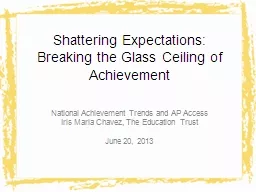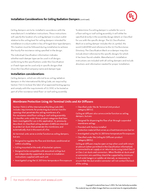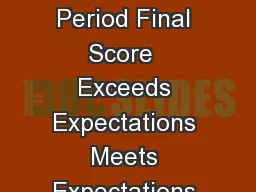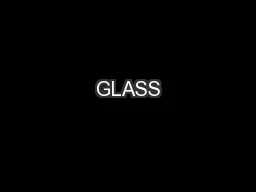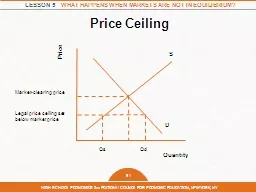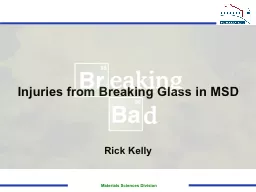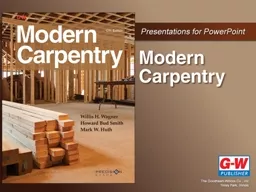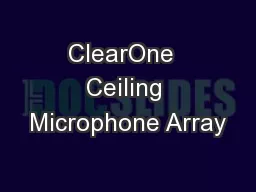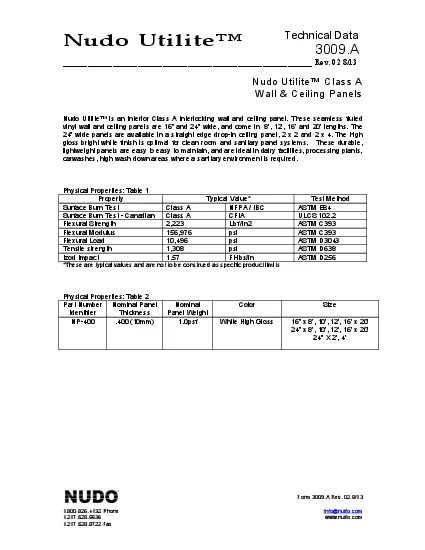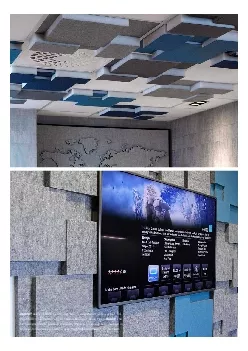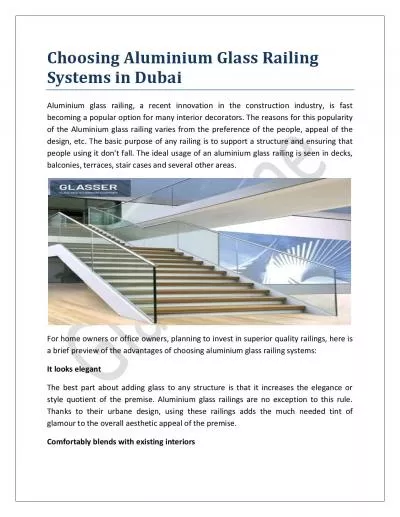PPT-Shattering Expectations: Breaking the Glass Ceiling of Achi
Author : lindy-dunigan | Published Date : 2016-07-11
National Achievement Trends and AP Access Iris Maria Chavez The Education Trust June 20 2013 Examine national and statespecific achievement trends to better
Presentation Embed Code
Download Presentation
Download Presentation The PPT/PDF document "Shattering Expectations: Breaking the Gl..." is the property of its rightful owner. Permission is granted to download and print the materials on this website for personal, non-commercial use only, and to display it on your personal computer provided you do not modify the materials and that you retain all copyright notices contained in the materials. By downloading content from our website, you accept the terms of this agreement.
Shattering Expectations: Breaking the Glass Ceiling of Achi: Transcript
Download Rules Of Document
"Shattering Expectations: Breaking the Glass Ceiling of Achi"The content belongs to its owner. You may download and print it for personal use, without modification, and keep all copyright notices. By downloading, you agree to these terms.
Related Documents

